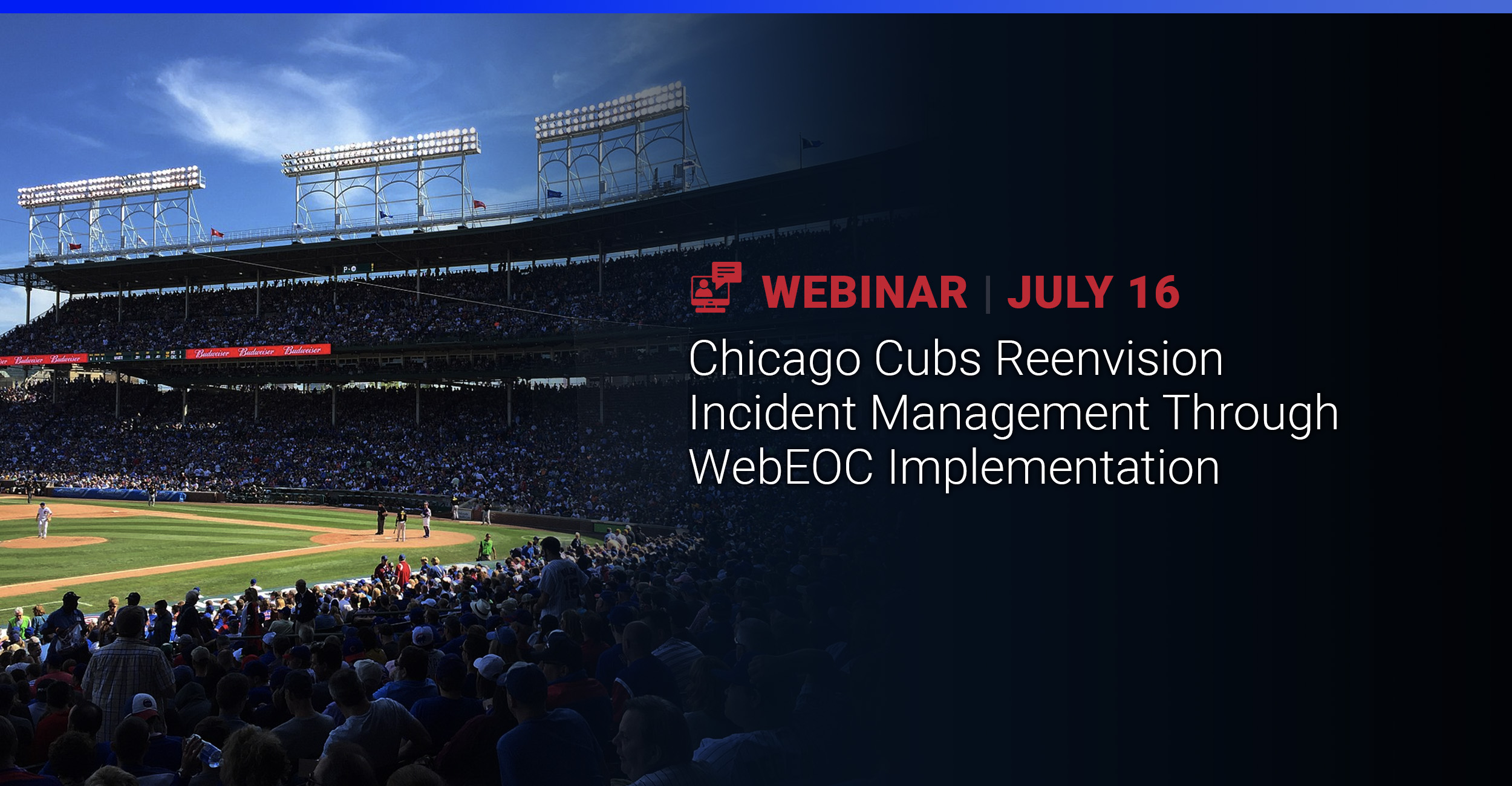From New Orleans to Colorado Springs, over the past few years, we have witnessed the detrimental effects that flash floods have had on our nation. Flash floods are the most common and widespread of all weather-related natural disasters, having the ability to threaten any area with little warning.
According to Flood Safety, flash flooding is the leading cause of weather-related deaths and is responsible for more than 200 lost lives in the United States per year. In addition to the death toll, National Geographic states that floods do about $6 billion worth of damage, which half of that damage allocates from coastal flooding alone.
Although the majority of floods can take days to progress, flash floods can develop quickly, giving community residents a very small window of time to prepare. Because of this, it is essential that both emergency managers and community members are well-equipped to prepare for the unexpected.
So what should your agency do to prepare?
Keep Shelter Management Processes and Procedures Up-To-Date
One of the best practices to ensure that community members are safe during a flood is to find short-term reception centers around the city, which can be activated with minimal notice. Short-term reception centers can be libraries, fire stations or any other type of public community center. To secure a reception center, speak directly with the stakeholder who runs these centers and work out an agreement for these areas to be used by the public during an emergency in moment’s notice. After the reception centers are secured, ensure that your emergency management team is up-to-date on the location of these new shelters and that they are properly documented in your incident management software with their exact coordinates capacity and other pertinent information. Additionally, make sure these locations are added to your jurisdiction’s website or other locations where the general public may be looking for information. It is intrinsically imperative that both residents and emergency managers are in-sync with shelter management processes and procedures to guarantee the best potential outcome during a flooding event.
Utilize Communication Tools
During a flooding event, emergency managers and warning officials have a responsibility to communicate with residents about life-saving information in a timely manner. One of the best practices to ensure effective communication is taking place is for emergency mangers to deploy Integrated Public Alert and Warning System (IPAWS). According to the Federal Emergency Management Agency, IPAWS is a modernization and integration of the nation’s alert and warning infrastructure and will save time when time matter most, protecting both life and property. Additionally, both emergency managers and residents are advised to start utilizing social media to stay updated with important information from weather advisors. Weather service companies are now using consolidated social media platforms to best inform residents of the critical weather updates, regardless if they are tech-friendly or not. Visit the National Weather Service website, type in your zip code and you will be prompted with numerous social media streams informing you of real-time situational awareness.
Set-Up a Practice Scenario
Practice scenarios are designed to involve team members to work together in managing the response plan to a theoretical incident. By setting up a practice scenario, emergency managers will go through a step-by-step process on what to do during an emergency situation. Allowing team members to see a hypothetical situation will give them first-hand experience, so they are best prepared for the actual flash flooding event. After you finish the practice scenario, revisit the plan and revise accordingly depending on the findings during the exercise. It is best to identify the weaknesses in the plan beforehand and be able to tweak before faced with the real-time emergency event. Remember, your plan is a living, breathing document that needs to be constantly refreshed. Make sure you refresh your plan by actively setting up practice scenarios to reassure that all will go smoothly during a flood.
Keep in mind that any place that receives rain has the potential to be threatened by a devastating flood. So even if you don’t live in an area that has a high probability of flash flooding, it is best to prepare for the unexpected.

















